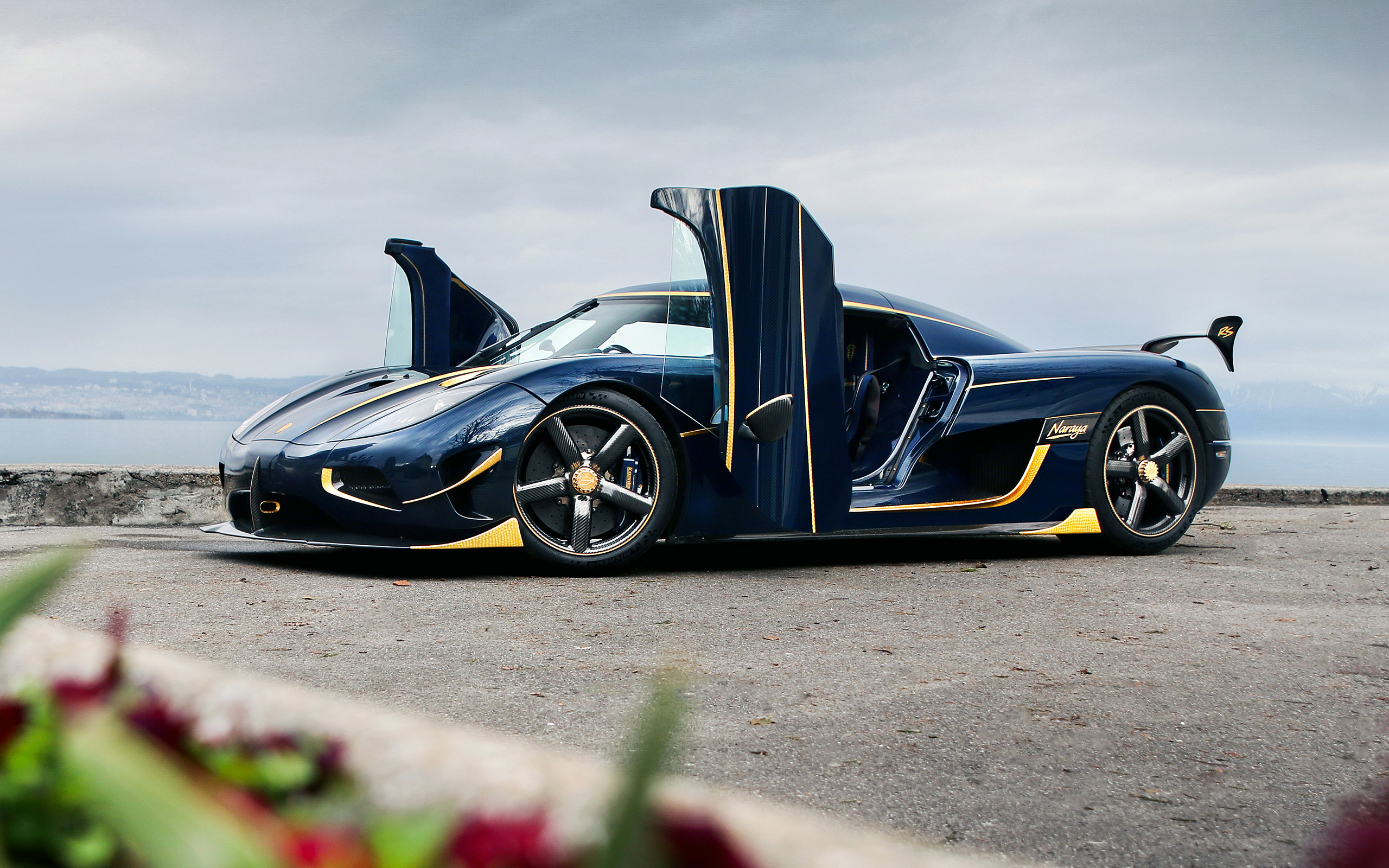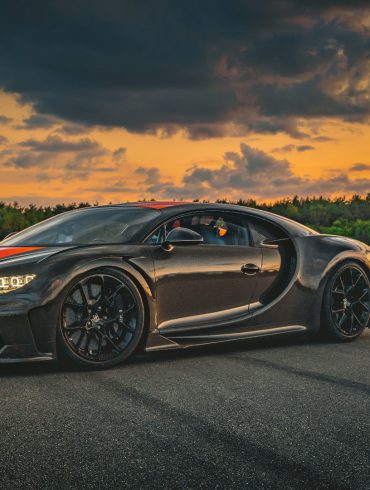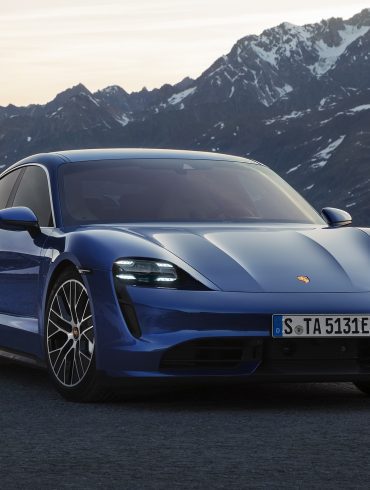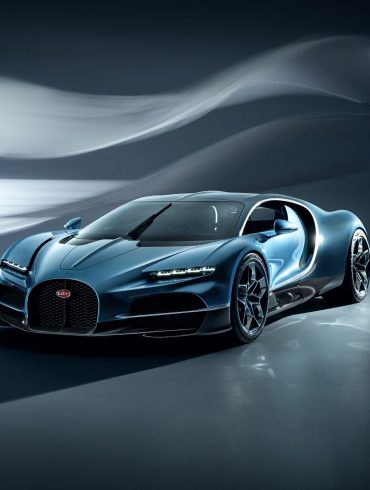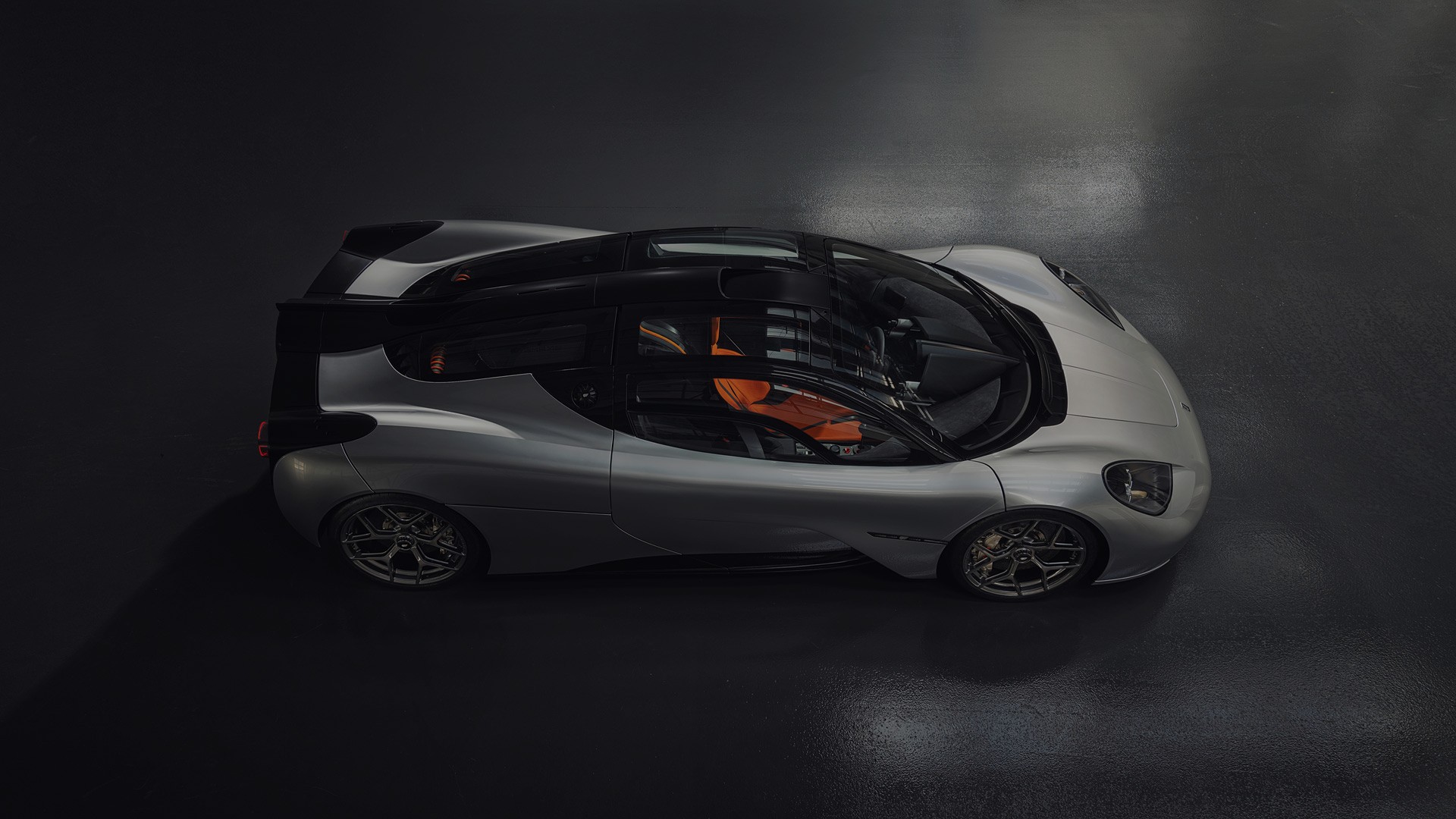Fastest Cars by Top Speed
100 Fastest Cars Ever Made
There are lots of different ways to measure automotive superiority, but a car’s top speed is something everybody understands. From historic cars that hit 300 mph+ back in the late 1930s to recent hypercars that make 200 mph look easy, this list has them all.
The Fastest Cars in the World by Top Speed: A Journey into Automotive Extremes
There are lots of different ways to measure automotive superiority, but a car’s top speed is something everybody understands. From historic cars that hit 300 mph+ back in the late 1930s to recent hypercars that make 200 mph look easy, this list has them all. The top echelon of supercars continues to get faster and records tumble as a result. Each year we see cars get new high-tech materials, more powerful engines, added hybrid powertrains and sleeker shapes – all designed to smash top speed records. It is not uncommon for regular sports cars to crack 200 mph these days, speeds only a handful of supercars could crack just 15 years ago. While 200mph seems easy these days, cars that top 250+ mph need brute force and incredible engineering on another level. The fastest cars by top speed. Here is your list.
Top 100 Fastest Production Cars
In the ever-evolving world of automotive engineering, the quest for speed has always been a defining factor. From the early days of motoring to the present, car manufacturers have relentlessly pursued the dream of creating the fastest cars on Earth.
You are trying to load a table of an unknown type. Probably you did not activate the addon which is required to use this table type.
The Quest for Fastest Top Speed
Achieving top speed in cars is not just about sheer power. It involves a delicate balance of aerodynamics, weight, tire technology, and engineering precision. As speeds increase, the difficulty of maintaining stability, safety, and control rises exponentially. The forces acting on the vehicle, particularly aerodynamic drag and downforce, become significant challenges that engineers must overcome. Here’s a look at some of the fastest cars that have pushed the boundaries of what is possible.
Cars like the Bugatti Chiron Super Sport 300+ aren't just fast, they are a marvel of modern engineering. Officially breaking the 300 mph barrier with a top speed of 304.773 mph (490.484 km/h). Powered by an 8.0-liter quad-turbocharged W16 engine producing 1,577 horsepower, the Chiron Super Sport 300+ is not just about raw power. Its aerodynamic design and advanced materials help it achieve this unprecedented speed while maintaining stability and safety. The folks at Hennessey, with their Hennessey Venom F5 aim to be even faster. Targeting a top speed of 311 mph (500 km/h), this American hypercar is equipped with a 6.6-liter twin-turbo V8 engine that generates a staggering 1,817 horsepower. The Venom F5's lightweight construction and aerodynamic profile are crucial in its pursuit of breaking speed records. The SSC Tuatara, with a claimed top speed of 282.9 mph (455.3 km/h), is another contender in the race for the fastest car. Featuring a 5.9-liter twin-turbo V8 engine that produces 1,750 horsepower, the Tuatara's design emphasizes aerodynamic efficiency and stability at high speeds.
As cars approach higher speeds, the engineering challenges become more formidable. The main factors include Aerodynamics, where at high speeds, air resistance increases exponentially. Engineers must design cars with minimal drag while ensuring enough downforce to keep the vehicle grounded. The power requirements for each additional mph of speed are insane. Tires are another issue at these speeds, because tires must withstand extreme speeds and temperatures without losing grip or integrity. Developing tires that can handle these conditions is a significant challenge and is probably the limiting technology at this time in terms of consistently reaching 300+ mph. Obviously engine performance is critical at these numbers, because engines must deliver enormous power reliably. This requires advanced materials and cooling systems to prevent overheating and maintain performance and obviously the sheer numbers in terms of horsepower are incredible. Finally, lets not forget safety. At speeds exceeding 250 mph, even the smallest instability can lead to catastrophic results. Safety systems, including brakes and suspension, must be meticulously engineered.
The pursuit of top speed has seen numerous iconic cars over the decades, with the most memorable being the Bugatti Veyron Super Sport, which we all watched on Top Gear. In 2010, the Bugatti Veyron Super Sport set a record with a top speed of 267.856 mph (431.072 km/h). This car featured an 8.0-liter quad-turbocharged W16 engine, producing 1,200 horsepower. It was a testament to Bugatti's relentless pursuit of speed and luxury. The Koenigsegg Agera RS held the official top speed record for a production car in 2017, reaching an average speed of 277.87 mph (447.19 km/h) over two runs. Its 5.0-liter twin-turbo V8 engine, generating 1,341 horsepower, showcased the Swedish manufacturer's dedication to performance. In the 1990s, the McLaren F1 was the benchmark for top speed, reaching 240.1 mph (386.4 km/h). Its naturally aspirated 6.1-liter V12 engine and revolutionary design made it a legend in the automotive world.
The quest for the fastest car in the world is an ongoing journey marked by innovation, engineering brilliance, and a relentless desire to push the boundaries of what is possible. As technology advances, we can expect to see even more astonishing feats of speed, each new record a testament to human ingenuity and the spirit of competition. The challenge grows harder with each increment of speed, but the pursuit remains as thrilling as ever.


